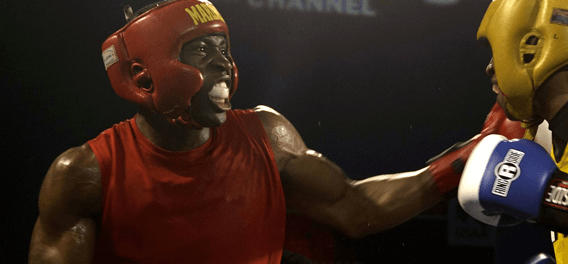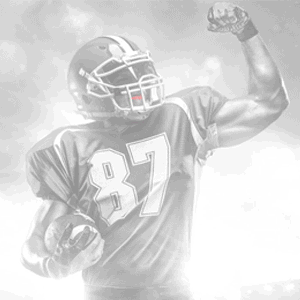Mouthguards: Bigger Isn’t Necessarily Better; Smaller Isn’t More Comfortable

When it comes to protective equipment like mouthguards, there is a widely held belief that bigger is better — the more padding, the more protection — and smaller is more comfortable.
However, this is actually a common misconception.
The most important thing about protective gear is that it gives each individual athlete the proper protection they need. And that actually means the equipment is comfortable when worn.
We always want our athletes to be safe, but allowing them to wear improperly fitting equipment actually does more harm than good. When a player uses a thick and bulky generic mouthguard, they have too much material in their mouth, which causes two problems:
- That mouthguard is uncomfortable because it doesn’t fit right, and that means it is actually providing less protection than it should.
- Their performance suffers.
Have you ever had a tag in the back of your t-shirt that irritated you? Things that cause discomfort — like an irritating tag — are very distracting. It’s difficult to play well, let alone at the top of your game, when you’re distracted and uncomfortable.
For a mouthguard to be truly effective and comfortable, the fit and cut must match the exact structure of each athlete’s individual mouth. Everyone’s mouth is different; so it’s important that each mouthguard has a tight enough fit to firmly stay on an athlete’s upper teeth without being held in place with the lower jaw. That means without biting or clenching!
When a mouthguard fits snuggly, it stays in place during any impact and won’t become dislodged. It should never be able to come loose and float around the mouth, and athletes should only be able to remove their mouthguards by pulling it out with their fingers.
While levels of protection vary from sport to sport, mouthguard material should be limited or removed entirely from the free flow space in the mouth — the area behind the back of the front teeth and on the inside of the molars. This allows athletes to speak, breathe and even drink without removing their mouthguards. This is what allows your mouthguard to be the most comfortable, without having to be too thin and sacrifice protection.
Remember, the most protective and comfortable mouthguard isn’t the bulkiest or thinnest one. It’s the mouthguard that is designed correctly and specifically for your athlete.




 When it comes to protective equipment like mouthguards, there is a widely held belief that bigger is better — the more padding, the more protection — and smaller is more comfortable.
When it comes to protective equipment like mouthguards, there is a widely held belief that bigger is better — the more padding, the more protection — and smaller is more comfortable. 
